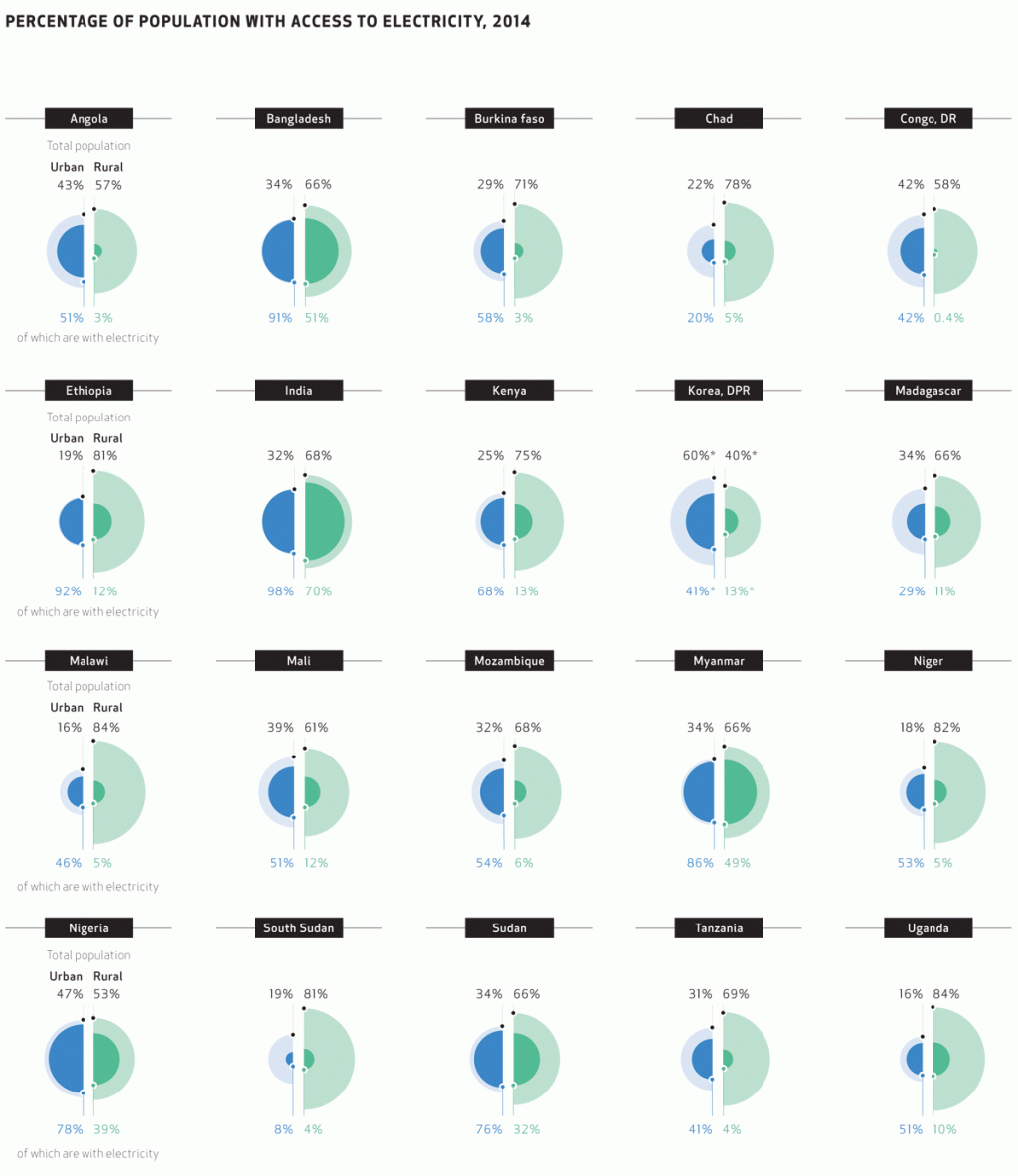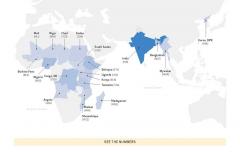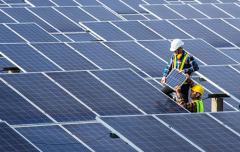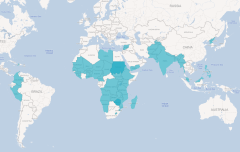Electrification: Urban/Rural Divide

Quick facts
The urban access rate was 96.3 percent in 2014, and the rural rate 73.0 percent.
Electricity access advanced faster in urban than rural areas over the period 2012-14. An additional 81 million people a year in urban areas were provided with access to electricity over 2012-14. In contrast, only 6 million people in rural areas gained access annually, a number outpaced by population growth of 7 million.
As of 2014, most cities in the Asia-Pacific region have reached universal access to electricity. In contrast, almost 390 million people living in rural areas of Asia remain unserved.
Afghanistan, China, and Pakistan all made good progress in electrifying rural areas, increasing access for around 2.5 million more people than the annual population increase over 2012-14. Decentralized solar photovoltaic systems are beginning to have an impact in hard to reach rural settings.
As of 2014, 482 million of the 1.06 billion people without access to electricity lived in rural parts of Africa, with most of them residing in Sub-Saharan Africa. In Malawi, Tanzania, Uganda and Niger, four high impact countries, 80 percent of the population lived in rural areas with electrification rates as low as 4-5 percent over the period 2012-14.
In urban parts of Africa, the electricity access rate increased from 70.4% in 1991 to 76.0 percent in 2014. But about 110.6 million people still lacked electricity in 2014, as urban population growth had offset access gains.
Context
- Urban access rates have increased only marginally in the 25 years from 1990 to 2014. However, sustaining those rates represents a major achievement given rapid urbanization that has added 1.6 billion people to the world’s cities during this period.
- Progress in rural electrification has been improving albeit not fast enough. The access gap between urban and rural populations narrowed to 20 percentage points in 2014, from 35 percentage points in 1990. Most of those without access to electricity live in rural areas, particularly in rural Africa where electrification access lags population growth.
* 2012 data
SOURCE: International Energy Agency (IEA) and the World Bank. 2017. “Progress Towards Sustainable Energy: Global Tracking Framework 2017” (April), World Bank, Washington, DC. International Energy Agency (IEA) and the World Bank, 2015. “Sustainable Energy for All 2015 - Progress Toward Sustainable Energy”. Data extracted from http://gtf.esmap.org/ on 06/22/2017.




